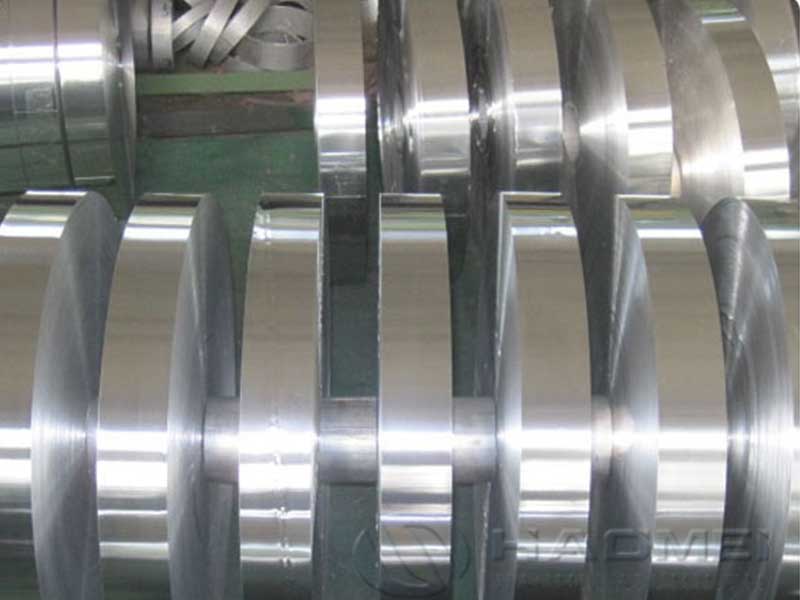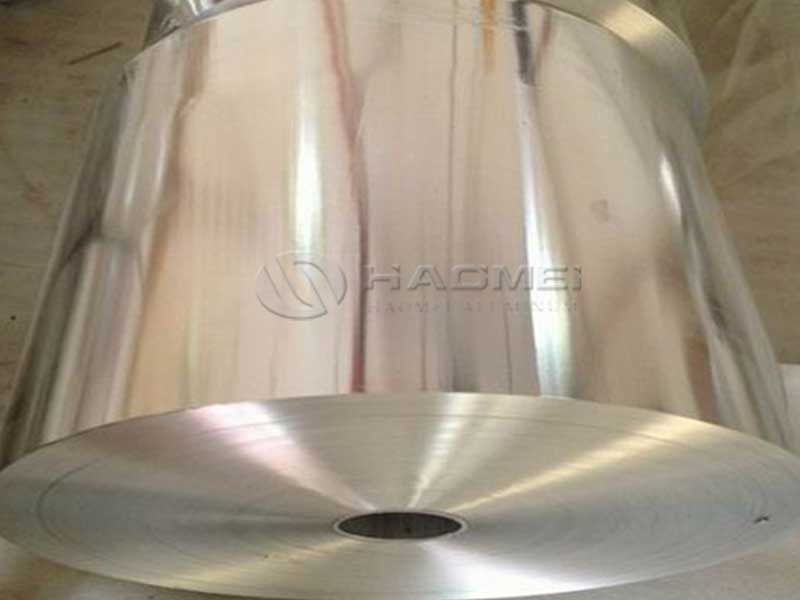Aluminum Foil 1235-H18 for Lithium Battery
In the landscape of innovative energy solutions, lithium-ion batteries is know as the backbone of modern portable electronics, electric vehicles, and renewable energy systems. Central to enhancing their performance and safety is choosing the right materials—particularly the current collector foil where electrons flow seamlessly during charge and discharge cycles. Among various options, Aluminum Foil 1235-H18 emerges as an exceptional candidate due to its unique combination of mechanical strength, chemical purity, and electrical conductivity.
Why Aluminum Foil for Lithium Batteries?
In lithium batteries, the aluminum foil commonly serves as the cathode current collector. It must maintain excellent electrical conductivity, corrosion resistance against the electrolyte, and mechanical integrity during battery assembly and use. Given the complexities and demands, the AL 1235 alloy in temper H18—which corresponds to a fully work-hardened state—has garnered favor in advanced battery manufacturing.
Aluminum Alloy 1235
Alloy 1235 - Purity & Composition
Aluminum alloy 1235 primarily belongs to the AA1xxx series, representing commercially pure aluminum (>99% Al). Specifically, its chemical composition is as follows (percentages by weight):
| Element | Content (%) |
|---|---|
| Aluminum (Al) | ≥ 99.3 |
| Copper (Cu) | ≤ 0.05 |
| Iron (Fe) | ≤ 0.20 |
| Manganese (Mn) | ≤ 0.05 |
| Magnesium (Mg) | ≤ 0.03 |
| Silicon (Si) | ≤ 0.10 |
| Zinc (Zn) | ≤ 0.02 |
| Titanium (Ti) | ≤ 0.03 |
| Others (Total) | ≤ 0.15 |
This high-purity nature ensures excellent corrosion resistance and superior electrical conductivity, vital for stable current collection and consistent battery performance.
Temper Designation: What Does H18 Mean?
The temper code "H18" nickname stands for:
- H – strain-hardened (work hardening);
- 1 – non-annealed product;
- 8 – indicates 100% of maximum hardness attained by cold working.
In simpler terms, ALE 1235-H18 aluminum foil underwent significant cold rolling processing without thermal annealing, which results in enhanced mechanical strength and stiffness while slightly compromising ductility. The excellent strength-to-weight ratio of this temper combined combustion resistance with excellent elasticity — crucial to withstand the mechanical stresses during battery electrode laminations and roll-to-roll processing.
Mechanical Parameters for 1235-H18 Aluminum Foil
| Property | Typical Value | Unit |
|---|---|---|
| Thickness Range | 8 – 50 | Micrometers (µm) |
| Tensile Strength | 130 – 170 | MPa |
| Elongation at break | 2 – 5 | % |
| Electrical Conductivity | ≥ 58 | % IACS (International Annealed Copper Standard) |
| Density | 2.7 | g/cm³ |
Implementation Standards & Industry Guidelines
Aluminum foil 1235-H18 typically adheres to recognized national and international standards that standardize quality control and battery-grade material acceptability:
- ASTM B479 / B479M: Standard Specification for Aluminum and Aluminum-Alloy Foil for Electrical Purposes.
- GB/T 3880-2012: Chinese National Standard for pure aluminum foil specifically for battery use.
- JIS H4000: Japanese Industrial Standard for Aluminum and Aluminum Alloy Foil.
Most lithium battery manufacturers verify foils against custom electrochemical performance evaluations, thermal stability tests, and microscopic surface inspections to ensure compatibility with specific diary lithium cobalt oxide (LiCoO2), lithium nickel manganese cobalt oxide (NMC), or lithium iron phosphate (LFP) chemistries.
Unique Advantages for Lithium Battery Applications
Corrosion Resistance: Due to its high aluminum purity, 1235-H18 aluminum foil resists corrosion by lithium salts and organic solvents commonly utilized in the battery electrolyte, preventing unwanted side reactions and extending cycle life.
Surface Finish Solutions: Treatments like chemical etching or anodizing can optimize foil roughness, increasing interfacial adhesion for the active cathode material slurry without damaging the foil’s structural integrity.
Mechanical Stability: The H18 temper reduces foil deformation during calendering and battery pack assembly, guaranteeing uniform electrode thickness and mechanical axis precision for thermal and safety performance.
The Future of Aluminum Foil 1235-H18 in Battery Manufacturing
Carbon-neutral goals and the rapid increase in sustainable electric mobility push material enhancements such as the 1235-H18 aluminum foil to focus on thinner gauge foils for ultralightweight designs, while simultaneously improving tensile strength through innovative cold rolling techniques and alloying combinations.
In the evolving domain of battery design, the synergy of material science and precision processing ensures aluminum foil variants like 1235-H18 will remain not only relevant but indispensable in achieving safer, higher capacity, and longer-lasting energy storage solutions.
https://www.alusheets.com/a/aluminum-foil-1235-h18-for-lithium-battery.html




